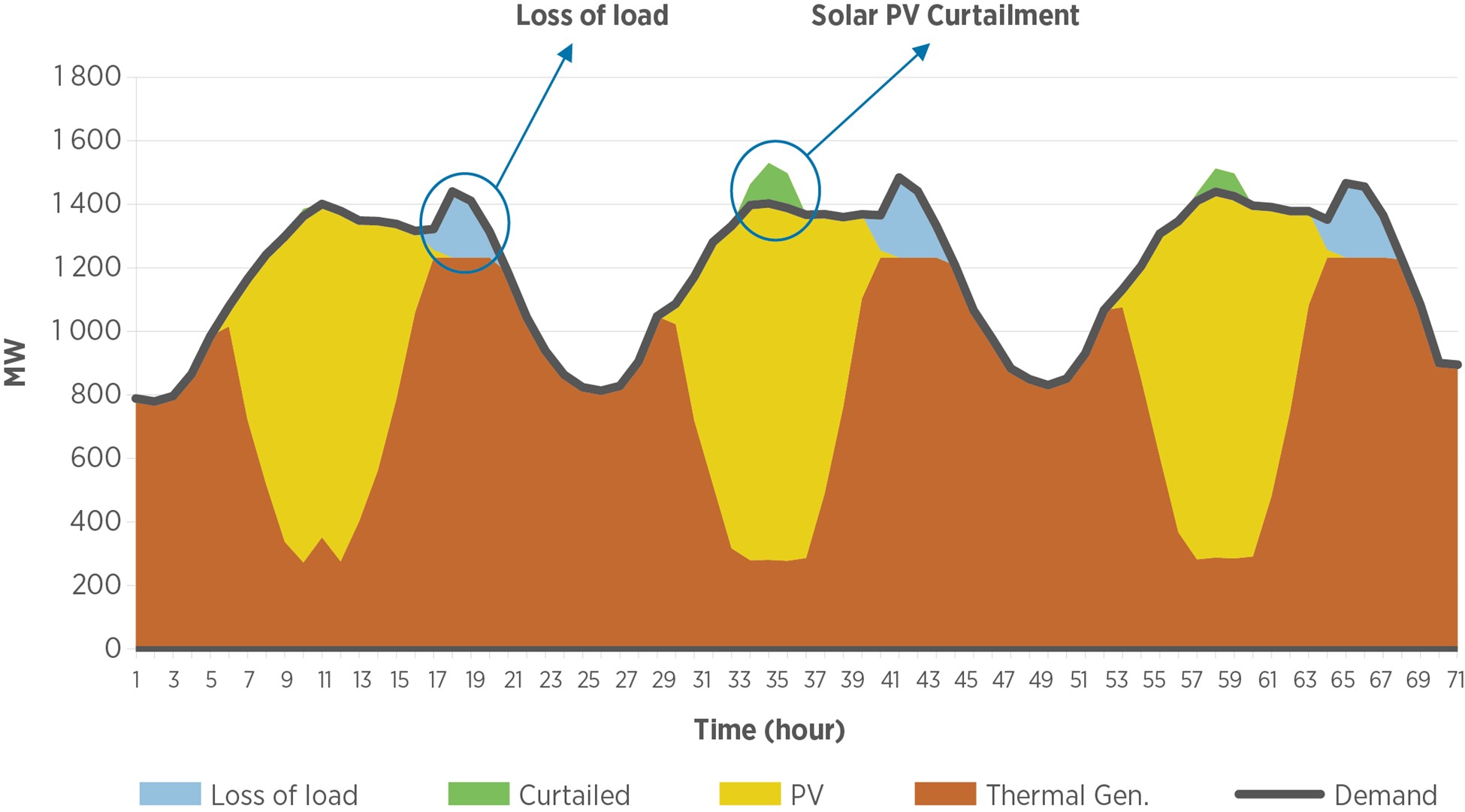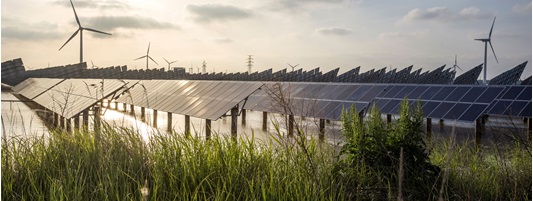Flexibility
Overview
According to IRENA’s latest World Energy Transitions Outlook 2022, around 74% of the total primary energy supply in 2050 is satisfied by renewables, which also account for approximately 90% of electricity generation. Solar photovoltaics and wind together supply 63% of that year’s electricity.
IRENA’s work on power sector transformation is targeted at assisting Member Countries identify ways to accelerate the transition to a power system dominated by renewable energy, while at the same time electrifying end-use sectors to achieve deep decarbonisation. The keyword for this work is flexibility – in the form of more flexible operations, more flexible generation, stronger grids, more energy storage, demand response, hydrogen from renewable power, heat pumps and faster uptake of electromobility. This work includes knowledge that provides advice on how best to leverage flexibility across the energy sector, knowledge that Member Countries can apply practically at the national and regional levels.
This work also supports REmap in performing power system flexibility assessments for specific projects and assists IRENA’s innovation workstreams in modelling innovative solutions for power sector transformation.

By continuing to capitalise on this whole-of-sector approach to energy system integration, IRENA is supporting member countries to attain a decarbonised energy system based on flexible renewables-based power.
IRENA’s work on power sector transformation covers the following areas:
- Knowledge (e.g. providing new knowledge relevant to all Members via reports on specific topics related to flexibility and key enablers such as storage and hydrogen).
- Techno-economic planning (e.g. supporting REmap analysis to provide more detailed power system assessments using the FlexTool and identifying any necessary investments for additional flexibility).
- Bilateral work with Member Countries (e.g. using the FlexTool to perform system flexibility assessments).
- Innovation (e.g. assessing the value of innovation as a means to increase power system flexibility in quantitative modelling using the FlexTool).

Smart electrification and system integration
As well as assessing a power system’s flexibility by examining traditional supply-side flexibility sources, IRENA’s approach also encompasses demand-side flexibility, grid reinforcements, storage and sector coupling as additional flexibility sources and potential game changers. Furthermore, heat and hydrogen production from renewables can boost system flexibility and help with energy decarbonisation.
The approach is based on the fact that, when coupled to a power grid, technologies at this interface effectively become components of the power system and thus can be modelled as such. Electric vehicles, electric boilers, heat pumps and electrolysers for hydrogen production can provide additional flexibility to the power system by 1) adjusting their demand profile according to price signals, and 2) making any integrated electricity, gas or heat storage a source of energy storage for the power system, thereby decoupling the timing of demand for final energy from electricity demand.
With a high share of variable renewable energy, the production of carbon-free electrofuels, such as hydrogen from renewable electricity, could have a significant role in decarbonising the energy sector beyond electricity generation. The production of hydrogen can provide significant flexibility to the power system (depending on the type of electrolyser), as well as seasonal storage of renewable electricity by blending hydrogen into natural gas grids.
